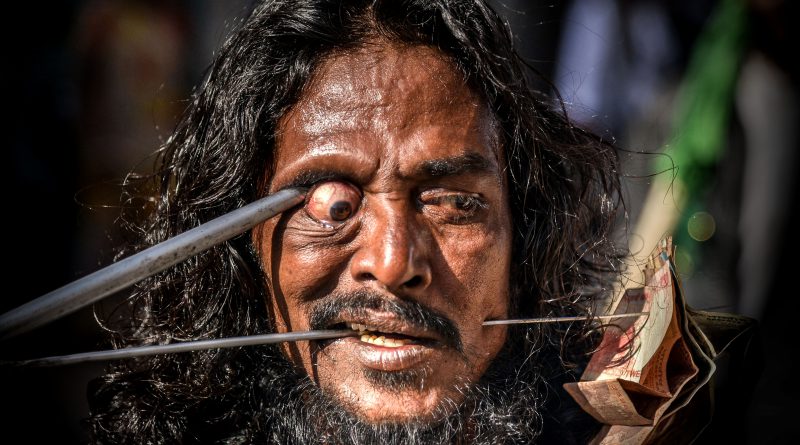Mystic Sufism in Ottoman Empire
by Niki Gamm Istanbul
One only has to glance through the vast literary output of the Ottomans to understand just how great the Sufi influence was..
Mysticism, or Sufism as it was called among the Ottomans, was very much a part of Ottoman society in spite of a large, conservative religious establishment and an educational system that was based on the Quran and shariah law. At its foundation was the idea that there was a path that one could travel to become a perfect human being or saint and, in many cases, achieve union with the divine truth or God. This of course differs from orthodox Islam in which God is the Creator and mankind the created and man could never reach him.
People who followed mystical paths were considered heretics at the beginning but over the centuries the teaching of the Sufis was accepted. Even members of the religious establishment joined these groups. Two schools arose – an Iranian mysticism based on ecstasy and divine love and an Iraqi school based on asceticism. Several sects followed the conquest of much of Anatolia by the Selçuk Turks and had established themselves there by 1299 when the Ottomans, under Osman, began expanding in force.
Each sect had differing paths by which one was to achieve perfection with different sets of rituals, practices and even wearing apparel including their headgear. Each sect, or “tariqa,” started from one teacher and usually had a permanent central location starting from where this particular person was. The main practitioners were men but women were also involved.
Several mystic sects were prominent in the Ottoman Empire, including the Bektaşi, Halveti, Mevlevi, Rifai, Qadiri, Naqshbandi and Bayrami. Of all of these, the Ottoman rulers were probably closest to the Mevlevis, undoubtedly from the time of Osman. It was the Mevlevi Sheik Edebali who girded him with a sword that became known as the Sword of Osman and every sultan after that had to be girded with it on his accession to the throne. The Mevlevi sheik who was leading the tariqa at the time would be summoned to Istanbul from Konya especially for that purpose.
Bektaşi order
The Mevlevis and the Bektaşis have their roots in 13th century Konya.
The Bektaşi order was founded on the teachings of Hacı Bektaş Veli, who was originally Persian. He drew followers in both rural areas in Anatolia and in the Ottoman military. In fact, the Bektaşis were the official sect of the Ottoman army’s famed Janissary corps. They also were popular in the southern Balkans where there are still followers.
The second important order was the Mevlevis whose founder, Mevlana Jalaladdin Rumi, taught “unlimited tolerance, positive reasoning, goodness, charity and awareness through love.” The day he died, Dec. 17, 1273, is still celebrated throughout the world as his wedding day, that is, the day he was united with God. His followers are known for their whirling ceremony through which they attempt to reach union with the divine. In spite of the Turkish ban on Sufi sects in 1925, the Mevlevis were not persecuted to the extent that other sects were, and republican founder Mustafa Kemal Atatürk is thought to have been responsible for this. For many years it was an open secret that they met in each other’s homes and held their whirling ceremonies; today they can carry this out in public.
The Naqshbandi order is the only Sufi sect that can trace its origins back to the first century of the Prophet Muhammad, making it the oldest tariqa. Today it still has followers in the millions around the world. As a sect it and the Halvetis were particularly popular among theologians and government officials.
During the years of conquest, Sufis, or dervishes as they were known, formed groups who fought in the numerous battles that occurred. Later the tariqas played an important role in the areas that were conquered, influencing the people there to accept Islam. One only has to glance through the vast literary output of the Ottomans to understand just how great the Sufi influence was; the concepts and vocabulary reflect the influence that it had on writers.
Article first published on Hürriyet Daily News.
Sufi ritual of eye-popping is used in the featured image. The ritual is performed by the Sufi followers by invoking the names of the Sufi saints.



